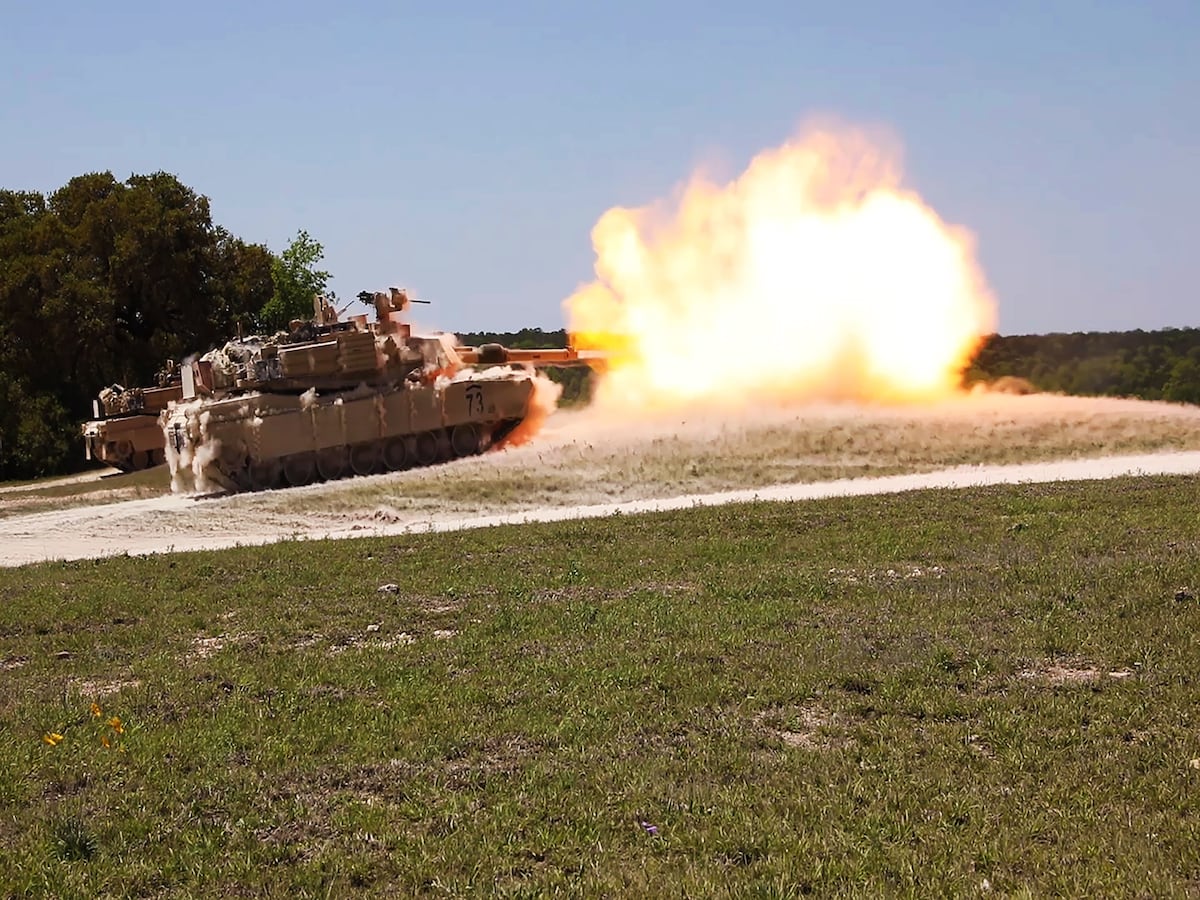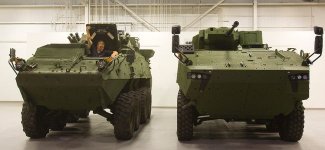... With regard to a dedicated Heavy Brigade. Firstly, as noted above we wouldn't have the capability to deploy it as a full Brigade and I see zero possibility of Canada forward deploying such a force in Europe. There simply is neither the political will or the budget to support it. So in any case we'd be looking at a slower, trans-Atlantic deployment of a Battle Group. That is something that can be done within the current CMBG structure. ...
I've always maintained that there are numerous options available that will produce something better than what we have. Many of your ideas fit in very well with my own. (which therefore makes them absolutely brilliant ideas

)
I'll take up the defence of the heavy brigade, however.
Firstly I think that such a brigade is necessary for the simple reason that it is organized and employed differently from how either a light or mech brigade is (and thus needs its own table of organization and training regime). It's use as a brigade in full is entirely aspirational as in a day to day context, I see it more being used to reinforce a light or mech contingent, that is being seriously tactically challenged, with a heavy battle group.
There are two points to this.
First, is that when we operated in Afghanistan the opponent was a very light asymmetric force which at no time ever challenged our contingent's survival. They had the ability to hurt us but never kill us as an entity. On the other hand, there are numerous OOTW scenarios out there where the potential opposition is armed in a way that could seriously challenge a light or mech battle group. That type of scenario would have our deployed force living under a constant threat or be such that militarily we shouldn't deploy our force when politically the government might want us to.
Second, I do not consider projecting either such a heavy brigade or a heavy battle group offshore a
limitation. The deployment difficulties are recognized
factors that need to be planned for and exercised to the point that we have a known optimal planning requirement that we can then adjust the system to. I try to distinguish the way we are from the way we ought to be.
Each of the United States, Russia and now Britain have gone to brigade groups and brigade combat teams as units of action with heavy, medium and light versions. I'm not saying we should be blind copy-cats, but we should consider that much research has gone into that and the formats are there for very valid tactical reasons. The key raison d'être for a heavy brigade or combined arms battalion is its ability to conduct aggressive offensive actions in all but the most difficult terrain. Light and mechanized brigades are very limited in that respect (albeit they may be the preferred option in difficult terrain). In addition those countries also maintain a divisional framework for occasions when a force larger than a brigade needs to deploy.
Generally these brigades have the ability to spin off a combined arms battle group. With a US ABCT that's already organic by way of the armour heavy or infantry heavy combined arms battalions. The Russians do it as well with their Battalion Tactical Groups. Essentially their brigades and battle groups are similar to Canada's CMBG (if it has a tank regiment) and Canada's battle groups (with the major exceptions that Canada has a tactically unsound NSE concept on operations, and lacks sufficient artillery, anti-armour and AD capabilities).
Do I see the heavy brigade used in most of Canada's OOTW scenarios? No, but I do see it as the preferred option to maintain the eFP presence in Latvia which appears to be a long term mission. If we had a heavy brigade with three combined arms battalions and a cavalry battalion with even one full reserve brigade (unequipped but trained as heavy) we would have sufficient elements to maintain the eFP indefinitely and even reinforce it, if desired or necessary. In addition I foresee that there may come a time where we might need to deploy a heavy combined arms battalion on an OOTW deployment.
For me the big difference with what Canada is doing now comes in the fact that "heavy" components should not merely be "bolt-on" elements to an otherwise light or mech force. That only works in very limited circumstances. It needs to be a properly organized, equipped, manned and trained to its own doctrine and TTPs if it is to have any success in combat.
Do I see a political limitation here? No I don't. Each of Canada's missions into Kabul and Kandahar were politically motivated and there were no objections in Canada to taking heavy weapons like LAVs and artillery into what were basically humanitarian operations because there was a clear understanding of the risks. Similarly, the acquisition of the Leopard 2 were seen by the politicians as a reasonable response by the government to the increased level of threat in Kandahar and to reduce Canadian casualties. The subsequent plan to obtain IFVs was also accepted by the Government albeit subsequently killed by the Army itself. I sometimes (but not always) think that the phrase "the government won't do that" is a code phrase used within the Army by folks who "don't want to do that". I suspect that the concept of the symmetric Army and the resistance to an asymmetric one has more to do with regimental cliques that feel that they will get the short end of the stick in a reorganization then the need to keep the structure to facilitate managed readiness. But that's the cynic in me coming out.
Edited to add:
The Polish Armed Forces are reportedly interested in acquiring up to 250 tanks in the M1A2 SEPv3 variant and a further dozen tracked vehicles for training.

www.defensenews.com






